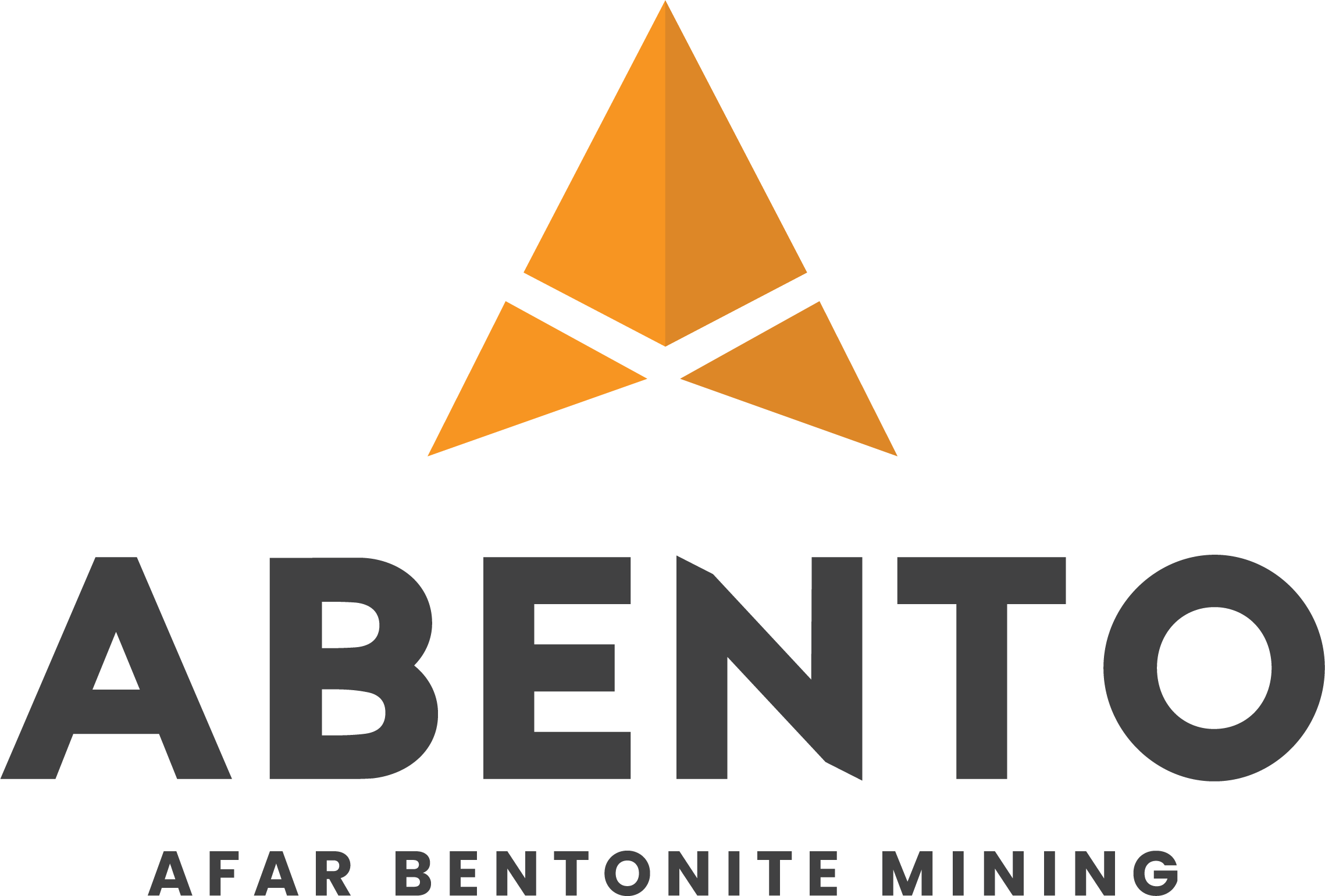Common Queries
Frequently Asked Questions
Mineral quality can be determined in various quick tests for different variables, such as purity, grid, mesh size, viscosity, methylene blue, swelling, water absorption, and cation exchange capacity.
There are many different methods to sealing ponds, but we recommend that if your pond is dry, use the mix blanket method or pure bentonite liner blanket, and if your pond has water and fish use the sprinkle method.
We highly recommend using the correct amount of Bentonite for your type of soil and making a smooth liner for the dry pond method. Then disk it in or till it in, about 2-3 inches from the ground with the soil and compact it afterward. This will ensure your pond to be completely sealed.
Yes. Mainly for steel casting and foundries.
Yes. It works exceptionally well for this application and is a natural mineral that does not harm the animals, fish, and plants (wildlife).
Yes. Mainly for excavation and foundation work due to its ability to swell and gel when dispersed in water
Yes. We offer bentonite clay low grid and low dust for water treatment and a new cluster form and formulated blended with other chemicals, minerals, and ingredients to treat your specific water contamination problem.
General Questions
Frequently Asked Questions
Bentonite is volcanic ash, which consists mainly of smectite minerals, usually, montmorillonite.
Bentonite is volcanic ash, which consists mainly of smectite minerals, usually, montmorillonite.
No. It is non-toxic, non- irritating, and it is not considered hazardous on skin contact.
It is essential to know your pond size, so you do not waste money, and you can treat it using enough pond sealant bentonite for your type of soil and pond size.
You multiply your deepest point x 2 and add the result to your length and width.
example: deepest point is 10 ft. (Multiply times two) = 10 x 2 = 20 ft
Length: 100 ft. and add your result from deepest point formula: 100 + 20 = 120 ft.
Width: 150 ft. and add your result from deepest point formula: 150 + 20 = 170 ft.
Total Pond size: 120 x 170 = 20,400 sqft.
Other examples: 1.3 acres looks like a football field, .06 acres is a tennis court, .89 acres is a baseball field.
